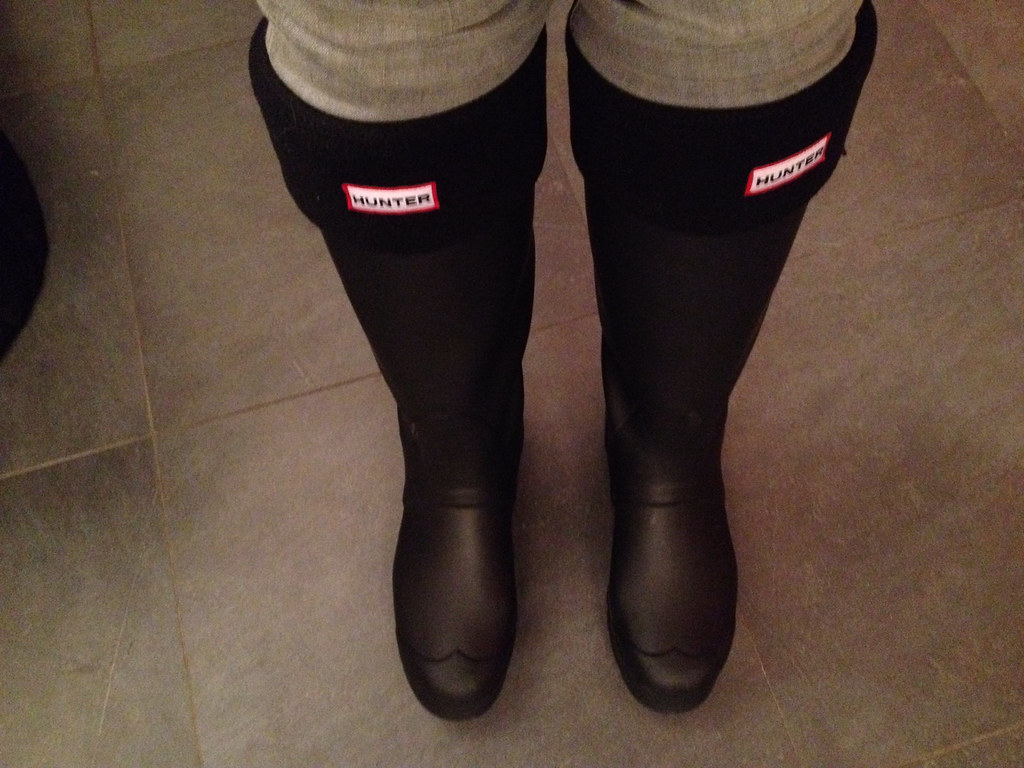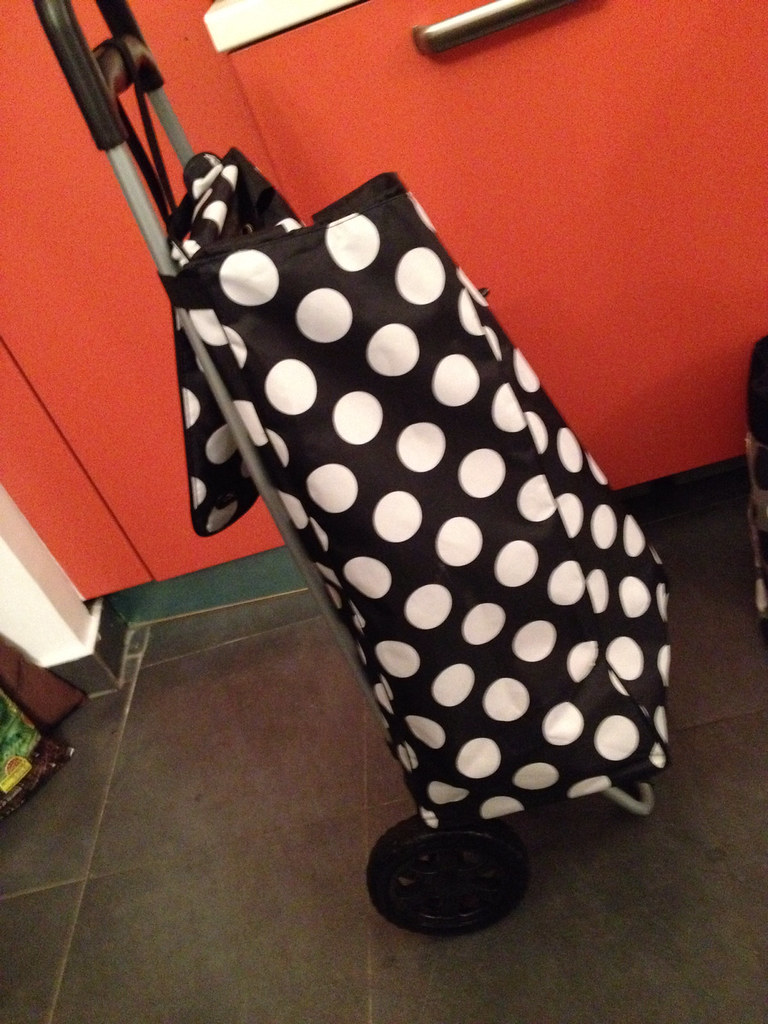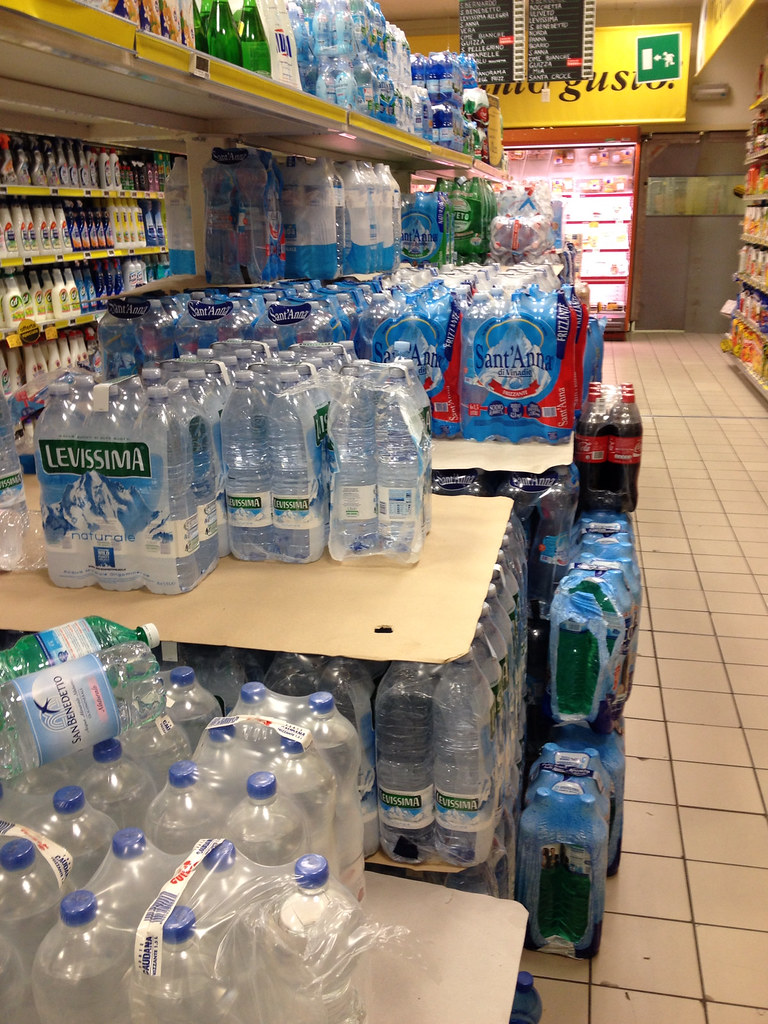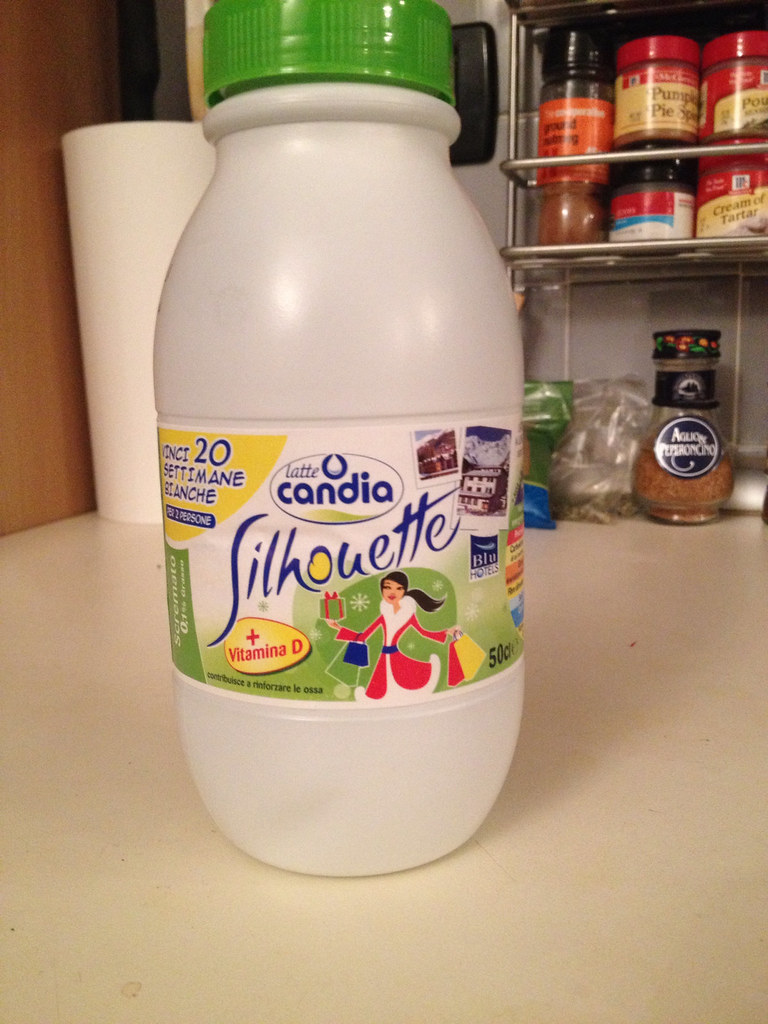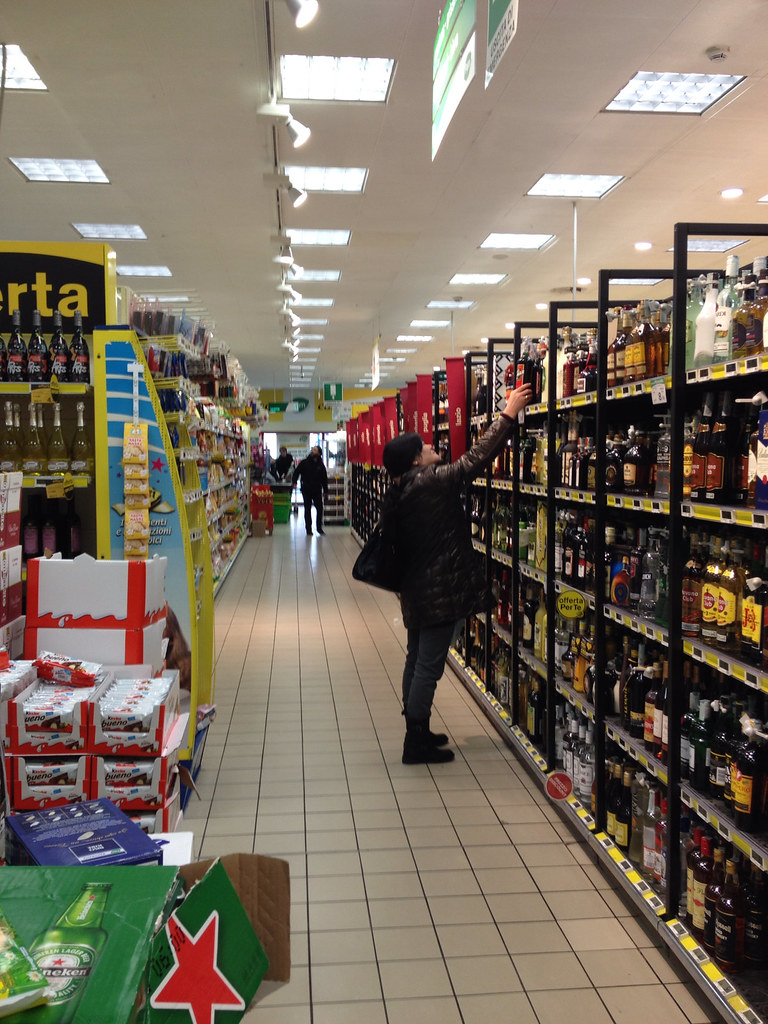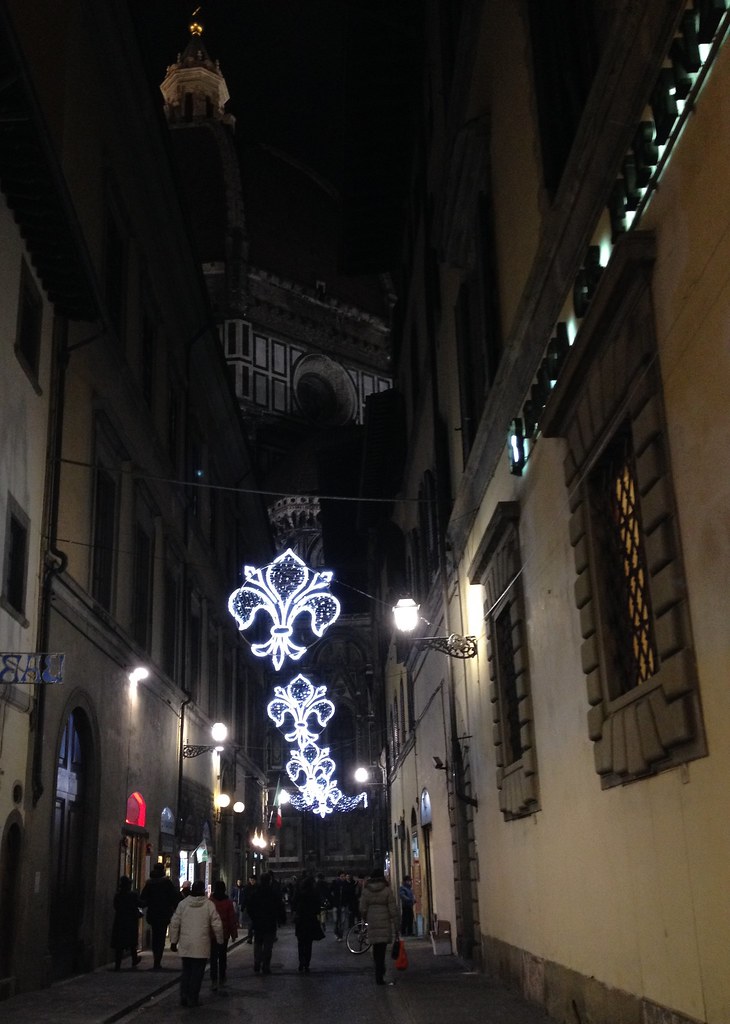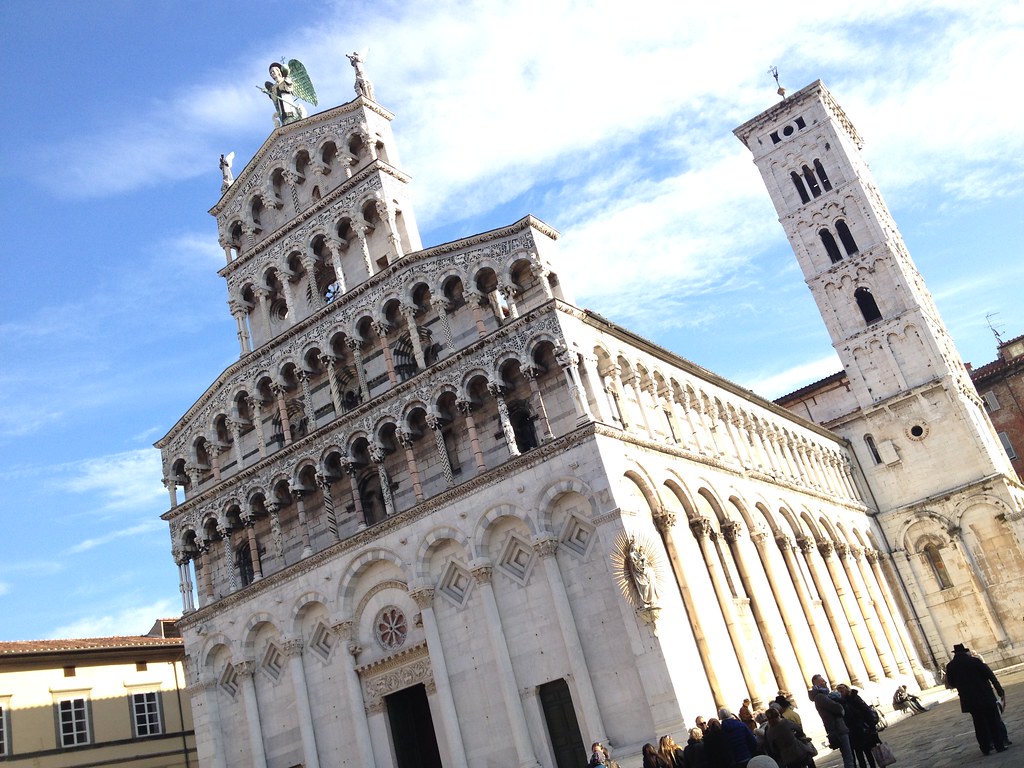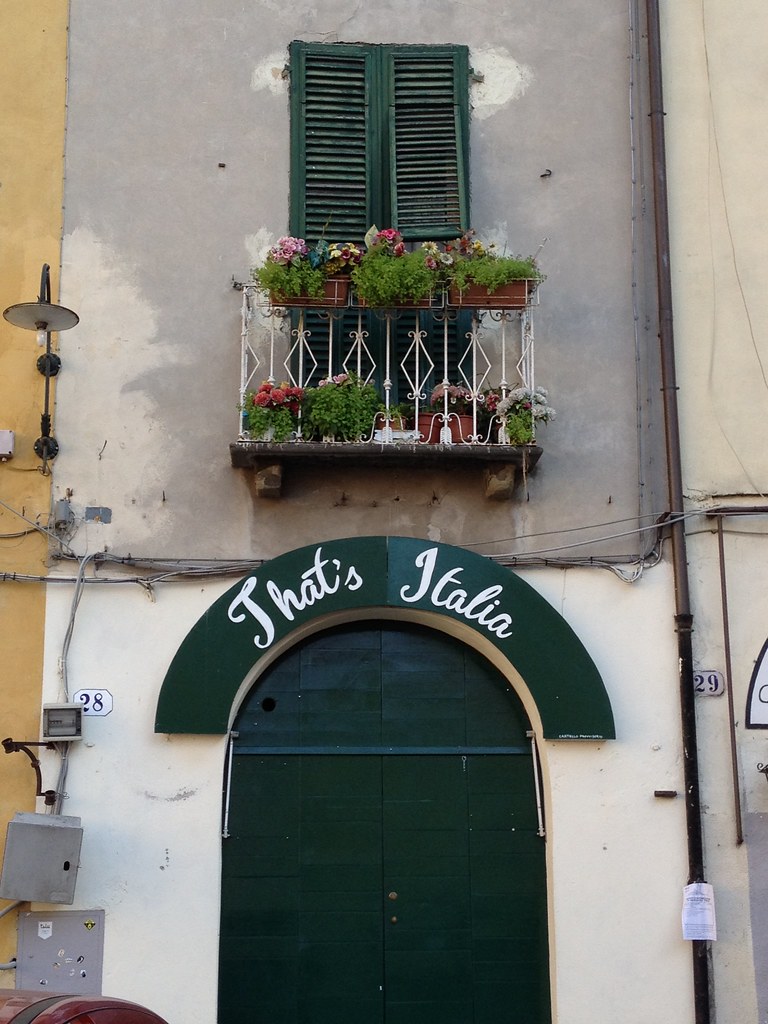Milan is not on every tourist’s to do list when visiting Italy, but there are plenty of things to keep you busy at any time of the year. Here are some of the highlights worthy of checking out during a stay in the city.
- The Duomo- Milan’s Duomo is just one of those sites that never gets old. Each time you walk past, it’s beauty is breathtaking. It’s the fourth largest cathedral in the world and stands 354 feet tall. Take the time to climb the stairs to the top to get a closer look at the intricacies of the Gothic style architecture.
- The Lakes- Close to Milan are several lakes worth checking out. Lake Como is certainly the most popular, but go just a little further and you’ll find Lake Maggiore with its picturesque three islands. Slightly to the east is Lake Garda. Plenty to choose from- the only difficulty is making the choice!
- Cimitero Monumentale- When I have friends in town, I always tell them that I’m taking them to the cemetery- and I always get some really strange looks! This cemetery, opened in 1866, is full of really interesting, unique and large monuments serving as family tombs. Several are replicas of other famous towers or churches in Italy, like a scaled down version of Trajan’s Column. This place is just one of those things that you just can’t believe until you see it.
- Brera- The small neighborhood of Brera is known for its artsy vibe and wonderful Pinacoteca. Via Brera is lined with small, intimate cafes perfect for people watching on an afternoon in the city. Visit the Pinacoteca to check out the various art collections which include many famous Italian artists.
- Festivals- There are several festivals at different times of the year to highlight ingredients or holidays. Two of my favorites are Alba’s Fiera del Tartufo Bianco festival (the white truffle) and the enormous L’Artigiano in Fiera. The festival in Alba is a short drive or train ride from Milan. You walk in to a huge tent and the aroma of truffle is overpowering. Vendors are offering samples of their truffle products and you can see whole truffles up close and see the astounding prices that go with them! The truffle festival is held every Autumn for several weeks in October. The Fiera is held for 10 days at the beginning of December. Take the red metro line all the way to Rho Fiera (be sure to buy your ticket just for this—a regular urban ticket won’t cut it!) and follow the crowds. There are always lots of people here, but pace yourself and plan ahead. There are sections for every part of the world and by focusing on one or two areas you can allow yourself to still enjoy the experience. The Fiera is great for shopping for unique gifts and trying different foods from all corners of the world.
- The Navigli- The Navigli area of Milan refers to the areas that line the canals. Two canals, run near each other, Naviglio Grande and Naviglio Pavese. Each is lined with shops, cafes and restaurants. During the day you might happen upon a large antique market (generally the last weekend of the month) and at night you’ll find a lively scene of people out for dinner, drinks, and live music. There’s a little bit of everything on the Navigli.
- Cook in Milan- If you’re visiting Milan, perhaps one experience you’ll see out is a lesson in Italian cooking. Clara, the chef and owner, invites you into her home and instructs you in the preparation of a pre-selected traditional Italian menu. Clara speaks great English and is really knowledgeable about Italian cooking and where to locate those “hard-to-find” ingredients in the city.
- Aperitivo- This is a Milanese tradition. Generally from 6 to 9 PM bars and restaurants offer what is known as aperitivo, where you buy a drink for 6 to 10 euro and included is a buffet of snacks. The choices vary from place to place, but there are plenty of choices in the city. Many can be found in the Navigli area and a really cool one is on the top floor of La Rinescente department store next to the Duomo. This bar offers up close views of the Duomo and makes for a really gorgeous and memorable setting.
- DaVinci’s Last Supper- Book in advance if you wish to see the masterpiece created by DaVinci of The Last Supper in the 15th century. The work was created in the convent of the Santa Maria Della Grazie church. Tickets are available about three months out for 15 minute time segments. The numbers are kept small, so your window of time, while small, is definitely worthwhile.
- LaScala- Milan’s famous opera house is a great place for a night out. Tickets for operas can be hard to come by, but for symphonies and other musical events check with the box office or their website to see what is available. The inside is amazing and something that even non-music lovers can appreciate.
